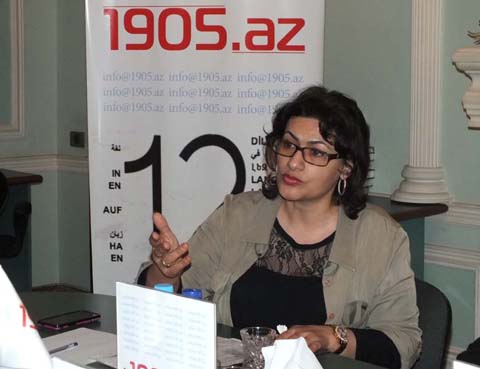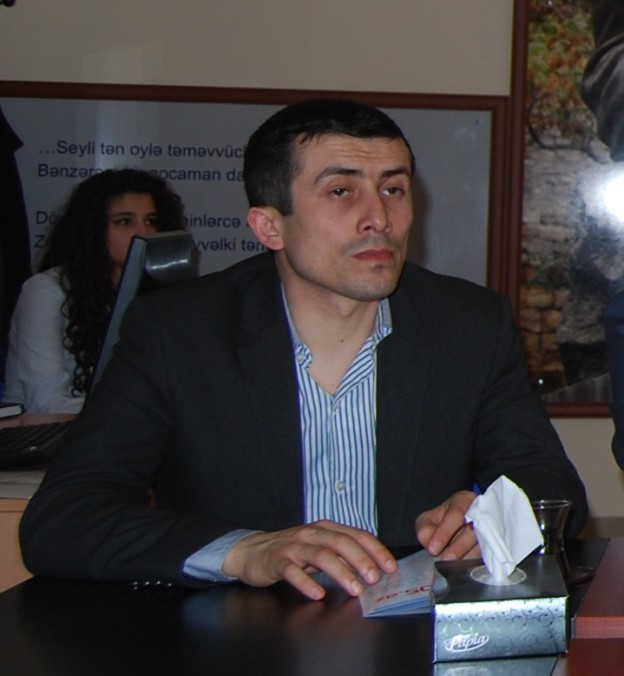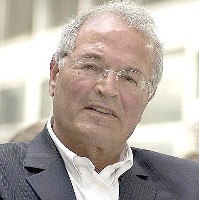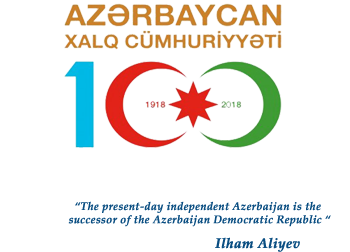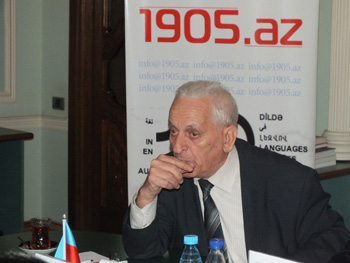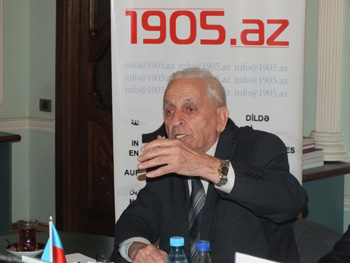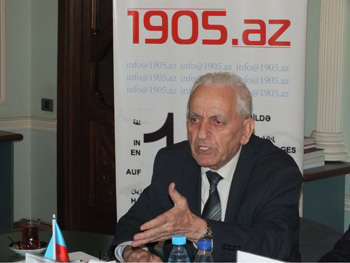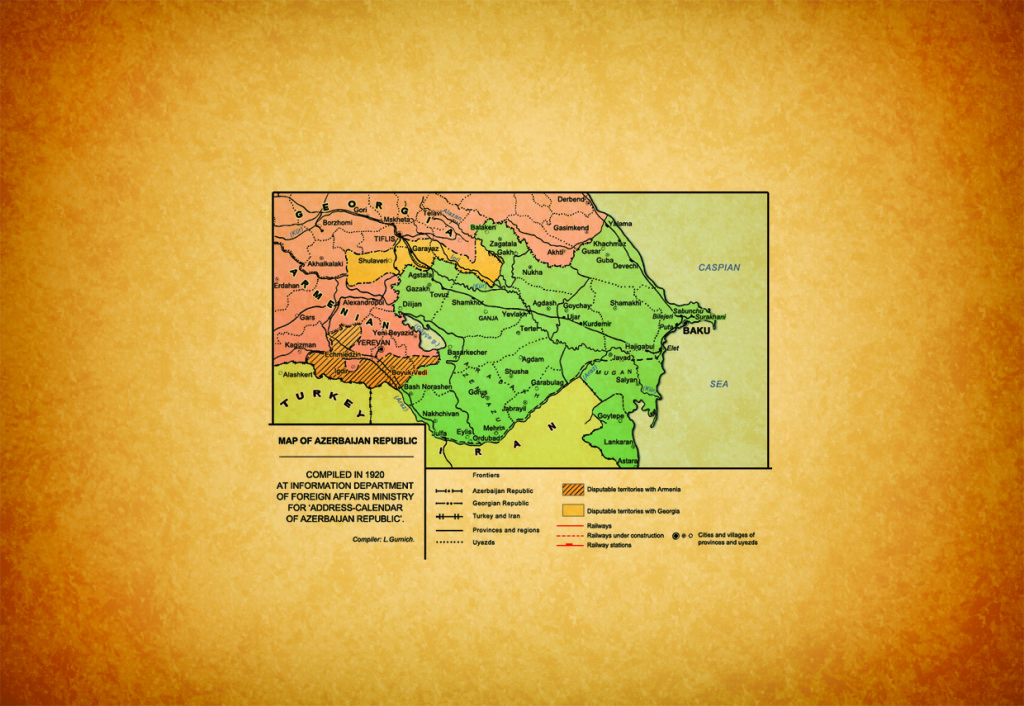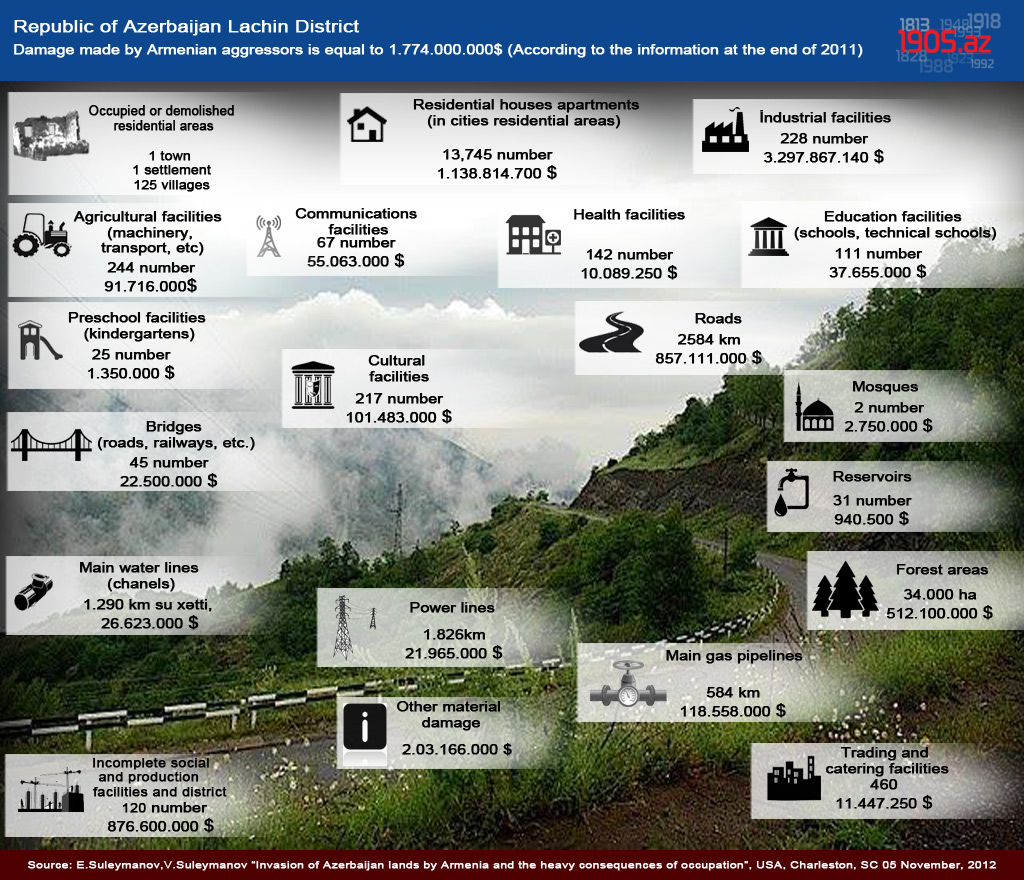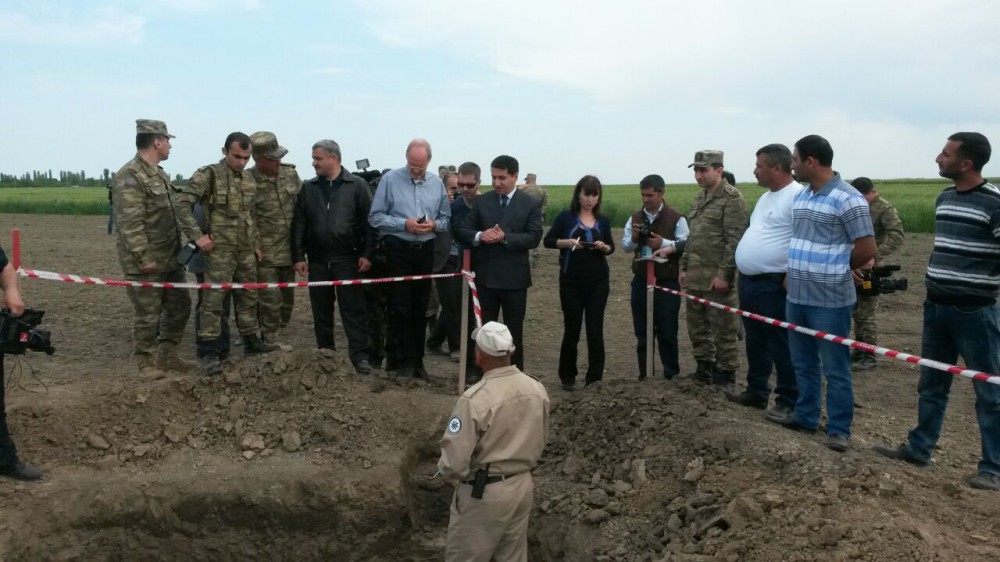
Military attaches of foreign embassies accredited in Azerbaijan have been informed on the spot regarding the fact of usage of banned incendiary weapons by Armenia against the Azerbaijani civilians.
These munitions were banned by Protocol III on Prohibitions or Restrictions on the Use of Incendiary Weapons of the UN Convention on Certain Conventional Weapons (CCW or CCWC), concluded at Geneva Oct. 10, 1980.
Azerbaijani Foreign Ministry together with the country’s Ministry of Defense organized a trip of military attaches to the Askipara village of the Terter district, where an unexploded white phosphorus artillery shell was found May 10 during an operation by the Azerbaijan National Agency for Mine Action (ANAMA).
Thus, the international community was informed about Armenia’s using this dangerous weapon banned by international conventions.
The group of military attaches of foreign embassies also includes representatives of the Embassy of Germany – the country that chairs the OSCE this year.
Two houses and four shell holes in the land near houses were inspected May 10 in the Garahaji village of the Terter district, one unexploded 152 mm artillery shell was found and neutralized, according to the ANAMA report.
One shell hole on the cultivated area was examined in the Askipara village of the district and an unexploded 122 mm phosphorus artillery shell was also found May 10.
The conflict between the two South Caucasus countries began in 1988 when Armenia made territorial claims against Azerbaijan. As a result of the ensuing war, in 1992 Armenian armed forces occupied 20 percent of Azerbaijan, including the Nagorno-Karabakh region and seven surrounding districts. The 1994 ceasefire agreement was followed by peace negotiations.
Armenia has not yet implemented four UN Security Council resolutions on withdrawal of its armed forces from the Nagorno-Karabakh and the surrounding districts.
Trend

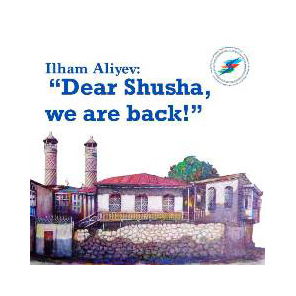
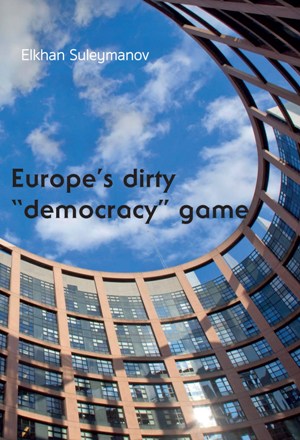
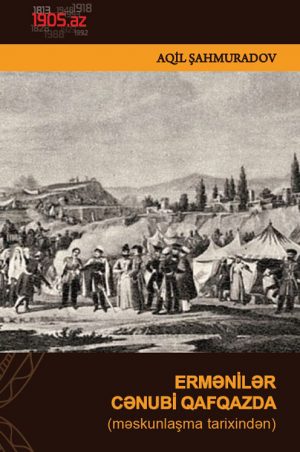


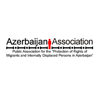


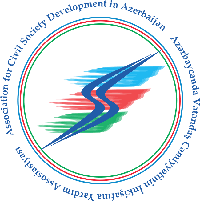
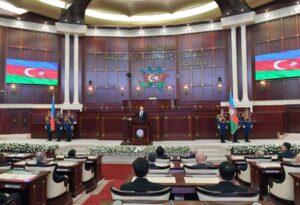 Inauguration ceremony of President of Azerbaijan Ilham Aliyev was held
Inauguration ceremony of President of Azerbaijan Ilham Aliyev was held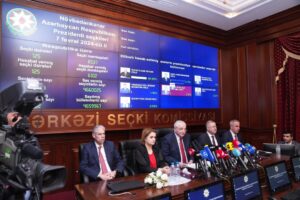 Ilham Aliyev wins presidential election with 92.05 percent of votes VIDEO
Ilham Aliyev wins presidential election with 92.05 percent of votes VIDEO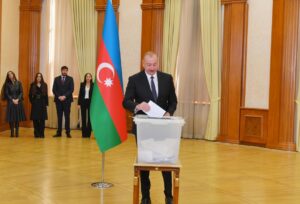 President Ilham Aliyev, First Lady Mehriban Aliyeva and family members voted in Khankendi VIDEO
President Ilham Aliyev, First Lady Mehriban Aliyeva and family members voted in Khankendi VIDEO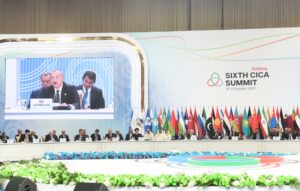 Plenary session of 6th Summit of Conference on Interaction and Confidence Building Measures in Asia gets underway in Astana. President Ilham Aliyev attends the plenary session VIDEO
Plenary session of 6th Summit of Conference on Interaction and Confidence Building Measures in Asia gets underway in Astana. President Ilham Aliyev attends the plenary session VIDEO President Ilham Aliyev was interviewed by Azerbaijani TV channels in Prague VIDEO
President Ilham Aliyev was interviewed by Azerbaijani TV channels in Prague VIDEO



